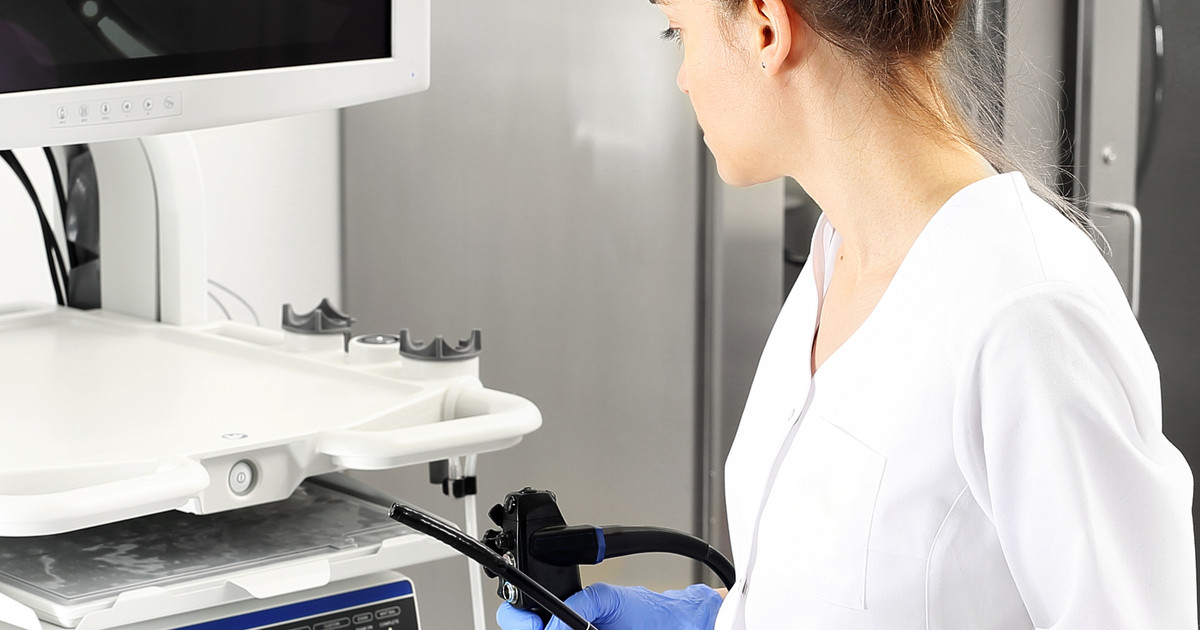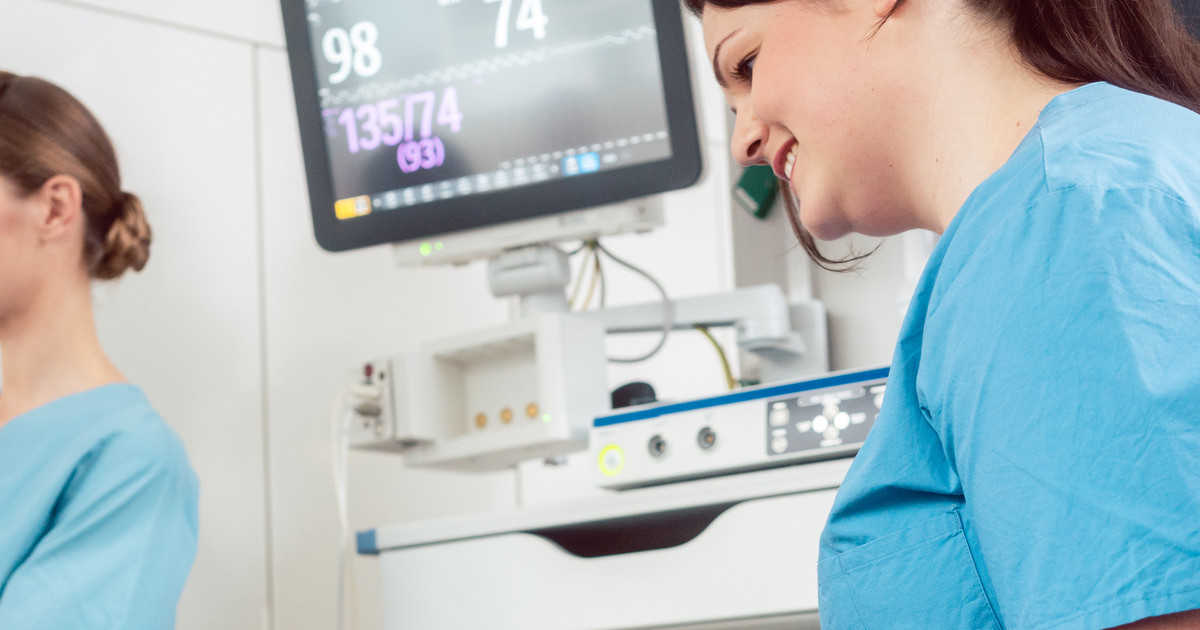Steps to Master the Art of Surviving Your First Colonoscopy
7. After A Positive Result

Patients who receive a positive result from their colonoscopy have either colon polyps or other abnormal tissue in their colon. This abnormal tissue may indicate colon cancer. It may also be a precancerous lesion. Doctors will remove polyps during a colonoscopy and will then send them to a lab for testing. These tests will determine if the polyps are benign or malignant. They will also be able to determine if they are precancerous. Most patients do not need to be alarmed if their doctor removes precancerous polyps. However, this does alter the timeline for additional colonoscopies. This is because these patients are more likely to develop polyps again. They are also at an increased risk of colon cancer. A positive result often means that patients must have another colonoscopy sooner than if they had received a negative result. However, the precise timeline varies based on different factors. These factors include a family history of colon cancer, the patient's age, and the presence of polyps. There are also specific factors that doctors consider when they find colon polyps during one of these procedures. They include the size of the polyps and how many they found. Doctors will also consider the pathologic type of the polyps. After a positive result, patients will often need another colonoscopy in three or five years. It is rare for the next one to be in ten years with such a result.
8. Virtual Colonoscopy

Many patients know about the traditional form of colonoscopies. However, some patients may be able to undergo a virtual colonoscopy. This is a minimally invasive procedure. It will still help doctors screen their patients for colon cancer. A virtual colonoscopy uses a low dose computerized tomography instead of the colonoscope. This procedure produces many images to give the doctor a detailed view of the patient's colon and abdominal organs. A virtual colonoscopy will combine and manipulate the images to provide this view. Thankfully, this procedure does not require any anesthesia. It also only takes ten to fifteen minutes to do. Finally, many patients will benefit from a virtual colonoscopy. This is great for patients who are not able to undergo a traditional colonoscopy. It also helps patients who take blood-thinners.
